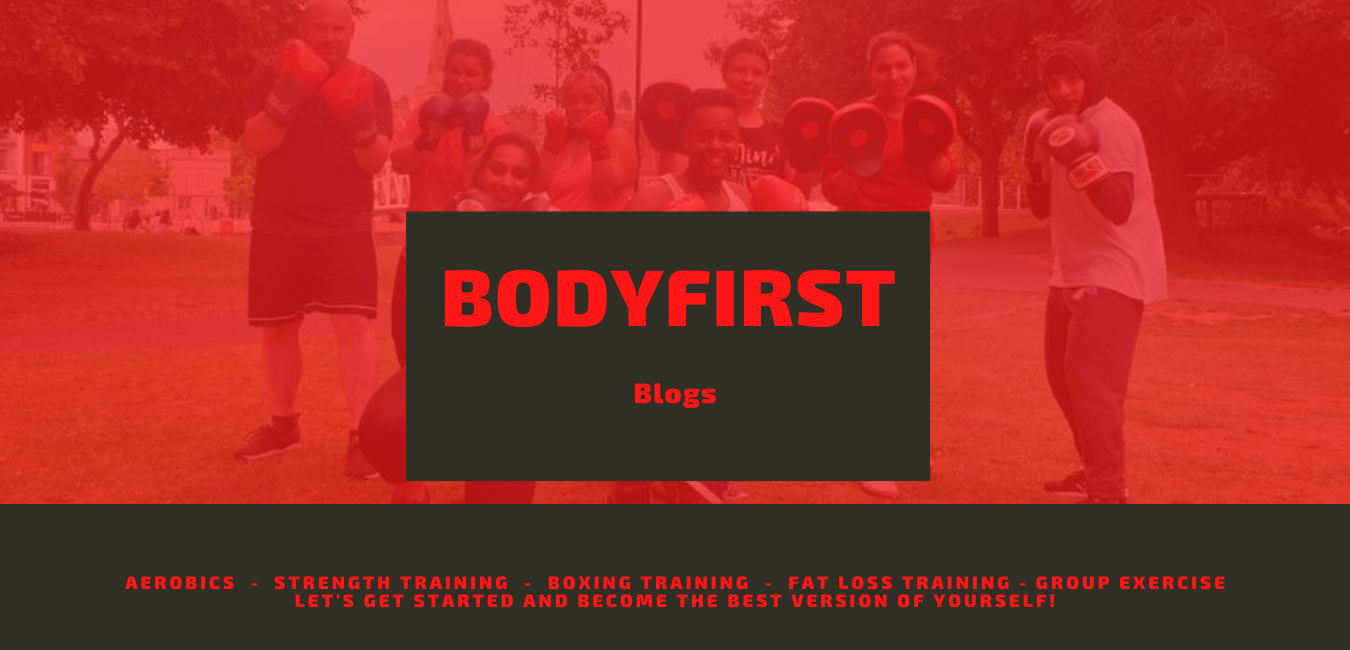|
In the last 2 articles of the muscle-building series, you learned that each workout can be measured by certain parameters (variables).
The ratios of these variables trigger different energy systems and components of the body and its musculature, thus creating a different end result. In this article, we are going to go in-depth on the muscles’ active, contractile components, which we know as “muscle fibers”. What Are Muscle Fibers? Each muscle fiber, also called a “myofibril”, is an active, contractile component of each of your muscle groups. These are the active components that allow for muscular contraction and there are different types of muscle fibers. Depending on how demanding the activity is, the body chooses which muscle fibers to activate Types Of Muscle Fibers When we look at muscle fibers as an active component of your musculature, we can differentiate between two main muscle fiber types:
Slow-Twitch Muscle Fibers This type of muscle fiber is the weaker type of tissue, as its power & force production levels are quite low. Your slow-twitch muscle fibers get activated during activity that is not demanding or in other words, low in intensity. Though generally weak, the slow-twitch muscle fibers can work for hours on end. This is the muscle fiber type that was designed for endurance bouts, such as cross running, prolonged rope jumping or any other low-intensity activity that is fairly long in duration. Fast-Twitch Muscle Fibers On the other hand, we have the fast-twitch muscle fibers, which are the stronger, more powerful active components of your musculature. Your fast-twitch muscle fibers get activated during intense activity that demands the production of force/power. This type of fiber was designed for short, power-burst movements, such as a sprint or any type of resistance/weight training. The fast-twitch fibers are the most powerful ones and have the highest potential for hypertrophy (growth). Furthermore, the fast-twitch muscle fibers have 2 more subtypes - Fast-twitch Type 2X & type 2B. Type 2X fibers are able to generate the most force and power output but are generally inefficient due to reaching fatigue fairly quickly. Type 2B fibers on the other hand are a mix of type 1 and type 2x fibers, meaning that they can endure more intense activity for longer. To Sum It Up Your musculature is made up of 2 different types of muscle fibers - Slow & Fast-twitch. The slow muscle fibers get activated during low-intensity, prolonged activities. These fibers can work at low intensity for hours on end but cannot produce enough power and force for intense activities like sprinting. This is where fast-twitch muscle fibers come in. When the task at hand is to engage in more intense activities, the body utilizes the power of your fast-twitch muscle fibers. These muscle fibers are big, strong, and can produce short powerful bursts, but might fatigue too quickly, compared to slow-twitch fibers. Training Tips If you are not a competitive athlete, your best bet would be to stimulate both types of muscle fibers. Stimulating slow-twitch fiber development is best done by engaging in low-intensity, prolonged cardio activities, such as jogging, swimming, rope jumping, etc. Doing this type of work will primarily result in improved endurance and with it, improved cardiovascular and respiratory efficiency. Developing your slow-twitch muscle fibers, however, won’t result in significant visual body changes. Oppositely, stimulating fast-twitch fiber development is best done by engaging in high-intensity training activities, such as weight training, calisthenics, sprinting, etc. Doing this type of training will primarily result in improved levels of strength, strength endurance, and power output. Developing your fast-twitch muscle fibers is the best way to go if one of your goals is to sculpt an aesthetic body. Conclusion Ultimately, if we look beyond the ego that tells us to look better, we can come to one simple conclusion… That is namely the fact that your body is a special, ever-so-capable biological machine of beauty. For the general population that is not engaged in competitive sports, the best bet is to develop the body all-around. In doing this, you will be able to experience the freedom of movement and you will also look good, perform well, be strong, flexible, and powerful. “It is a shame for a man to grow old without seeing the beauty and strength of which his body is capable.” -Socrates Comments are closed.
|
AuthorI have been weight training, running and cycling for 38 years and I have gained a vast amount of experience in fitness both as a Soldier in The British Army and in the past 22 years having been involved in the fitness industry. Archives
February 2023
Categories |

 RSS Feed
RSS Feed